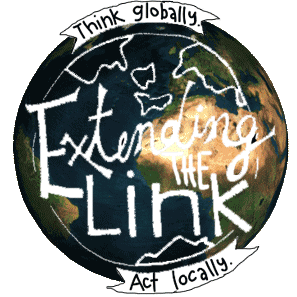When the past and present meet
During our first day in Berlin, we traveled through Berlin’s history by joining a walking tour. This was the right choice for our team as we visualized and experienced the history of Germany which most of us had only read about in our history textbooks.
The first step of the tour was the Brandenburger Tor. We heard how different periods of history had associated different meanings to the Brandenburger Tor. Whether the statue on the top of the Tor symbolized Irene, the Goddess of Peace, or Napoleon, using the statue as a symbol of his victory, the Brandenburger Tor is a testimony to the changing history Berlin has lived through. Additionally, it also stands as a symbol of the reunification of Germany. It stands as a symbol of peace. Thus, it is a reminder in the center of Berlin, reminding us of the negative consequences of walls and the possibilities that come with reunification. It shows the importance of building bridges, not walls.
***Additional fun fact for readers, the average price for a night in the royal suite at Hotel Adlon is 20,000 a night. Extending the Link is thinking of staying there our final night ;)***
The rest of the tour included a confrontation with some of Germany’s darkest history, which Germany has decided to not leave concealed in the darkness. Instead, the Memorial to the Murdered Jews of Europe stands as a constant reminder of how human reason and compassion dissipated amid the Hitler uprising and the Holocaust. Journeying from this Memorial through the cobbled streets of Berlin, we paused at Bebelplatz, where we learned about the burning of books during the Hitler uprising. To serve as a testimony to this history, the Lebanese artist, Micha Ullman, created an underground memorial of white, empty bookshelves. Near this Memorial are the words, stated by Heinrich Heine in 1820:That was but a prelude; where they burn books, they will ultimately burn people as well. These profound words brought us to the end of the tour, which finished with the words of Mark Twain: History does not repeat itself but it often rhymes.
This tour and the stories we have been encountering have left us with the question of: How do we use our past to change and influence the present and future? We have seen how Berlin has been destroyed and gone through trauma. Nevertheless, it has constantly rebuilt itself. It is a story of rebirth and recreation. It seems that this is possible because it has not hidden away from its truth. Rather, Germany, specifically Berlin, has stared this truth in the face and asked itself how it can be better.
This city has taught us that the mistakes of our ancestors do not leave us. Instead, they stay in our collective consciousness. The present is because of the past. We have a history of building walls and the President of our country is speaking about building a wall. Thus, we have been asking ourselves how we are to confront these truths in our daily lives.
Nevertheless, we see a pattern between the past and the present. We see this pattern as one of fear, specifically fear towards that which we do not know. During our interviews, we have been hearing stories of truth that we do not ordinarily hear. Stories of fleeing Libya, Afghanistan, and Gambia. Stories of creating new homes. Stories of resilience. In other words, we are hearing stories of people confronting their truths and rebuilding their lives amidst the rubble. We hear these stories as we travel through a city and that has rebuilt herself numerous times.
- Danica Simonet, 2019 Co-Director
